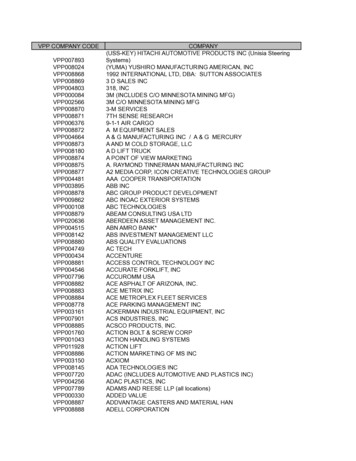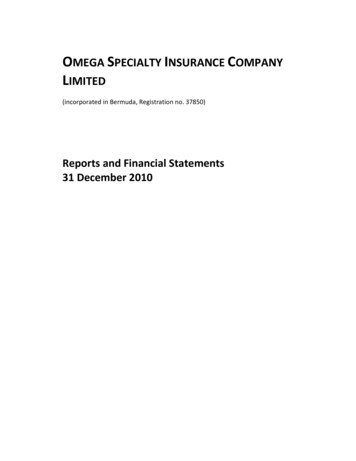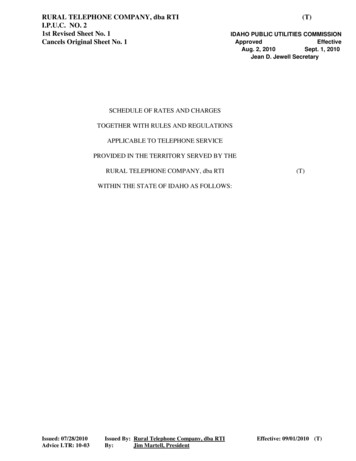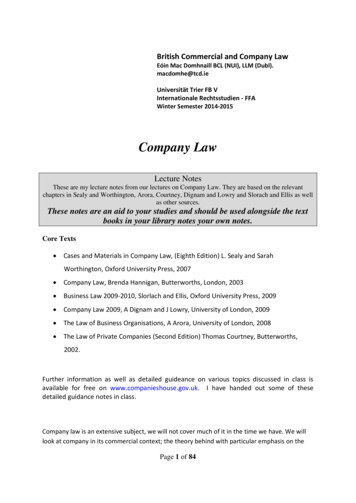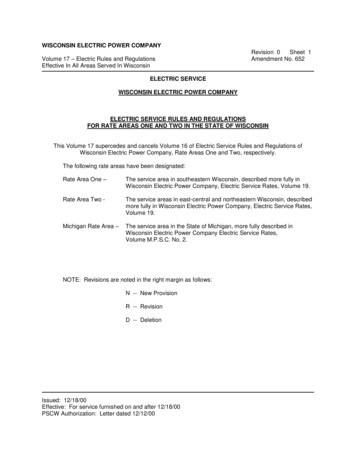
Transcription
R.A. Stahl Company5075 Pendelton SquareVero Beach, FL 32967508-226-0477RStahlSr@aol.comS&OP’s Evolution:Becoming a strategic imperativeBy: Robert A. StahlThe primary mission of Sales & Operations Planning (S&OP) has always been imbeddedin our business acumen. In other words, every sustaining company has to anticipatedemand, and plan resources (supply) to satisfy that demand, even if done poorly. So . . .the question is NOT whether a company is “doing S&OP” – they surely are! Thequestion is are they doing it as well as possible?What’s happened over the last several decades, is that we’ve learned how to do S&OP alot better – which has resulted in major improvements. Those companies that haveimplemented S&OP to it’s full potential have experienced transformational benefits inquantum fashion. The leaders of those companies have come to well understand that hardmeasurable benefits are the direct result and consequence of soft benefits that alignhuman energy – which is the main objective of S&OP.In spite of this, there remains a major misunderstanding that technology has made thistransformation happen. Nothing could be further from thetruth – success is all about people, people, people. In general,Technology istechnology makes people more effective – it does not replacenecessary, but notthem.sufficientIn other words, while technology has enabled this progress,technology is not what makes S&OP successful – technology and data are necessary, butnot sufficient. S&OP is indeed data intensive, but the presence of data is only onecomponent of a company’s success with S&OP. Those that fully succeed understand thatthe ratio of S&OP improvement comes from 1: 160% Culture/Behavior change30% Process Improvement & Discipline10% Technology (better data management)Lora Cecere, Supply Chain Researcher - 2010Powerful, Proven Processes for Balancing Demand and Supplywww.RAStahlCompany.com
Path of ImprovementIn this piece, I’d like to trace some of the more significant highlights in the path ofimprovement over the last several decades that has made S&OP a strategic imperative:1. In the Beginning -- In 1970, when I started working in industry (following ashort career in the military), there was not much of a defined structure ordisciplined process to managing the supply chain of a manufacturing company.There was an ad hoc process, responding only to the last stimulus or crisis. Thisvacuum began to get quickly filled, because nature abhors a vacuum.2. Volumetric Planning -- This was the first step in the progression toward S&OP.This improvement added up the projections from granular SKU-type detail intofamilies of product. This gave us a “bigger picture” and helped us get out of thefog of detailed complexity, enabling us to see not only the trees but also theforest. We began to see trends and patterns in the groupings by family that couldnot be seen by a focus on the detail. This was a big step forward. It simplified theprocess, so that people could begin to see and understand future implications ofpolicy, strategy, and risk.3. Production Planning -- This “big picture” development enabled us to doaggregate planning with a pencil on 13 column accounting paper. Usablespreadsheet software or formal data warehouses didn’t exist at that time. At thispoint, the process was not called S&OP, but “Production Planning,” even thoughit was driven by a demand forecast. It endured for quite some time, and whilemuch progress and acceptability of this process was taking place, the name S&OPwas not crafted until 1989.4. Sales & Operations Planning (S&OP) -- In their book Orchestrating Success,Dick Ling and Walt Goddard (1989) coined the term Sales & Operations Planning(S&OP), capturing the fact that this process was not only about supply(production) but DEMAND & SUPPLY. It therefore demanded (no pun intended)the inclusion of the Sales/Marketing people in the process.5. Graphs & Pictures -- The next step function of improvement came with the useof Spreadsheet Software, which was capable of converting tables filled with datainto simple graphs or pictures. W. Edwards Deming taught us with TQM (TotalQuality Management) that seeing things more clearly involved visualization. Thesame is true with S&OP. To see the “whole picture” requires a graph, not just atable of numbers.6. Holistic View -- This use of spreadsheetsoftware made possible the presentationof a Holistic View of Demand, Supply,Inventory, and/or Backlog. The dictionarydefines Holistic as “ . . . characterized bycomprehension of the parts of something
as intimately interconnected and explicable [able to be understood] only byreference to the whole . . .” The S&OP Holistic View paints a single picture(graph) of all of the interconnected data for a company regarding demand, supply,inventory, and/or backlog. The “whole” can only be comprehended when lookingat ALL of the data in one picture. An example is in the insert.7. Conflict Resolution -- At this stage, it became evident that the various functions(demand, supply, finance, technology) when seeing the Holistic View saw thingsthrough different prisms. We learned thatdisagreement between these functions was not. . . enduring andonly acceptable, but it was necessary for S&OPresolving the discomfortto bring about best decisions. We realized that toof disagreement.align human energy, we had to endure andresolve the discomfort of disagreement. Theresolution of that conflict became an imperative. That resolution only happenedby putting not only the issue on the table for resolution, but also the emotionbehind the issue – we call this Putting the Moose on the Table! Even though manypeople provide processes for Conflict Resolution, we find that companies, whohave a WILL to expose and resolve conflict, find a WAY and a process to make ithappen.8. Market-Facing Families and Simplifying Assumptions – Although the use of“families” has always been part of authentic S&OP, we learned that betterdemand forecasting required that the families we used to be market-centric versesproduct-centric. That improvement resulted in forecasts that were more reasoned,reasonable, transparent, and credible, because they connected to leading marketindicators, focusing on markets and not just customers.As part of this step, we also learned how to convert these Market-Facing familyprojections into supply resource requirements through the use of simplifyingassumptions about MIX, derived from mining history.9. Alignment of Human Energy – This practice of conflict resolution not onlyended up with one set of numbers to which an organization worked, but moreimportantly it aligned the “human energy” within the organization. Thisalignment of human energy made an organization capable of doing things notbefore possible. We learned that with no additional resources, when people fullyresolved conflict and worked together, the level of accomplishment increased inmultiples.10. Expert Witness – A couple of years ago, I was asked by two law firms to serveas an Expert Witness in a court case involving a manufacturing company and itsalleged false statements about demand and supply. The case centered on the factthat if the company’s leadership did not know that their claims about demand outstripping supply were allegedly untrue, they should have known so. Their
allegedly false statements caused their stock value to rise dramatically, to only falldramatically later when the truth outed.My contribution took the company’s own data and put it in a Holistic View,showing demand, supply, and inventory, ala eS&OP. This Holistic Viewdramatically demonstrated that in (9) nine of the (10) months involved, thecompany out-produced demand, causing total inventory to increase by 256%,contradicting their prior claims about demand being greater than supply.When seeing their own data presented in this way, the company chose to settle thecase versus going to a jury trial. We are indeed getting closer to making executiveleadership accountable to properly do S&OP as part of their “generally acceptedmanufacturing practices” in the same way they are now held accountable forconforming to “generally accepted accounting practices.” This is really goodnews!A Word About TerminologyThe term Sales and Operations Planning (S&OP) originally referred to a decision-makingprocess for balancing demand and supply in aggregate. This was an executive-centeredactivity that set appropriate policy, strategy, risk assumption, and fiduciary responsibilityregarding the proper management of the supply chain.However in the recent past, common usage of this term has broadened to include toolsand techniques that operate at lower, more granular levels, that were not an executiveprocesses.As this happened, some chose to invent/create a totally different term to represent theoriginal meaning of S&OP. My writing partner (Tom Wallace) and I thought this addedconfusion, not clarity to our field. We therefore chose to not do that and avoid confusion.We referred to the original meaning of S&OP as “the executive portion of Sales &Operations Planning (S&OP)” – or executive S&OP (eS&OP) -- NOT changing the term,but only adding the adjective preface. eS&OP became part of the APICS dictionary ofterms in 2010, and states that executive S&OP (eS&OP) does the following: Balances demand & supply at the aggregate (family) levelFully integrates financial planningProvides a forum for establishing and linking strategic planning to day-to-dayoperations” (setting appropriate policy, strategy, risk, and financialresponsibility)
The FutureWhile we have learned more and more over the years about how to make S&OPtransformationally effective in managing amanufacturing company, it is likely that we will. . . the ultimate sophisticationcontinue to evolve and get smarter. In my earlyis simplicity . . . removing uscareer, a mentor named Oliver Wight taught mefrom the fog of complexity.“the ultimate sophistication is simplicity.” Ifound this to be totally true, and I further learnedthat making things simpler was not easy – it was very difficult.There remain many people that have not learned that lesson about simplicity and earntheir living making things more complex. As such those things never get trulyunderstood. They believe that harnessing the fog of complexity is the solution, rather thaneliminating the fog of complexity and seeing things more simply.Technology has indeed played a role in our progress to date, and will have an importantrole in the future of S&OP. But – technology has not, and will not, replace humaninvolvement and decision making in the process. Technology will continue to enhancepeople’s ability and will not replace them.Further InformationFor a complete discussion of eS&OP, please consult one of our books that lay out notonly how eS&OP works, but also how to implement the transformational process at lowcost, low risk, high impact, with quick results.Thanks for listening, all the best, and good luck.Bob StahlBob Stahl – Biographical SketchIn the early 1970’s, Bob was one of the early practitioner-pioneers working to fill thevoid of supply chain management practice. As a practitioner and executive coach, he andothers, developed the workings of S&OP, as we know it today. He has written (with TomWallace) six books relating to S&OP. Several have been used for professionalcertification, and remain best sellers to today’s practitioners. Today, Bob remains one ofthe thought leaders in this field.
S&OP’s Evolution: Becoming a strategic imperative By: Robert A. Stahl . career, a mentor named Oliver Wight taught me “the ultimate sophistication is simplicity.” I found this to be totally true, and I further learned that making things simpler was not easy – it was very difficult. There remain many people that have not learned that lesson about simplicity and earn their living .

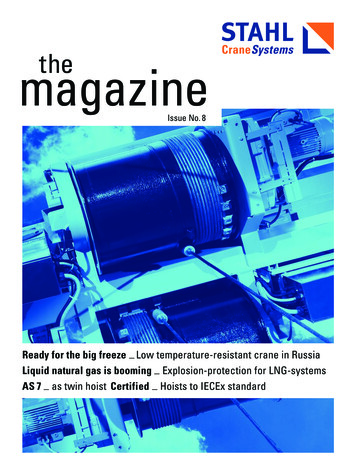
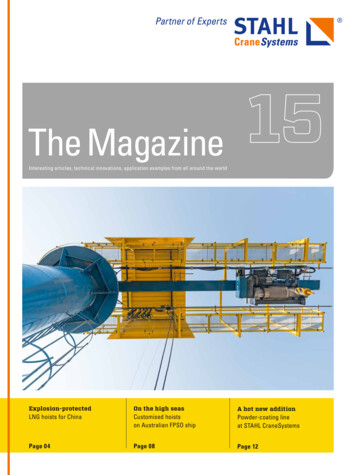

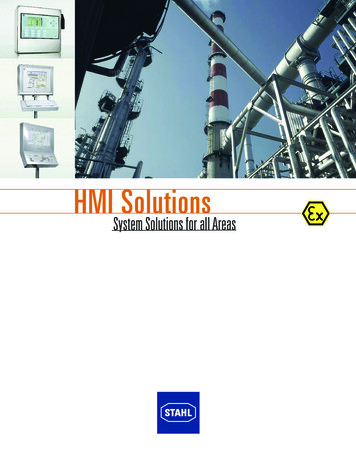
![Shareholders’ Agreement of [Company name] company. 1 .](/img/1/startup-founders-sha-sample.jpg)
